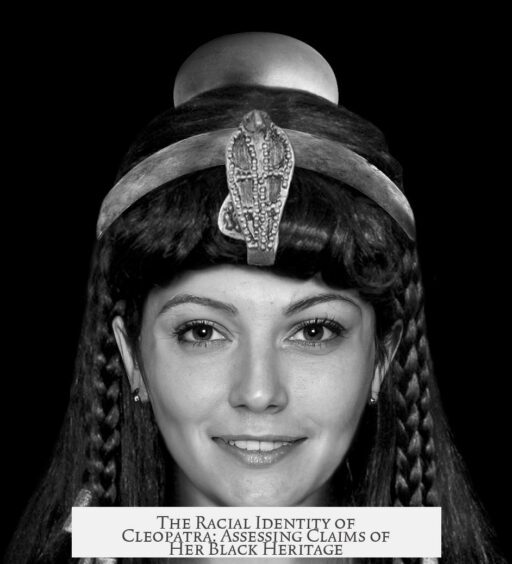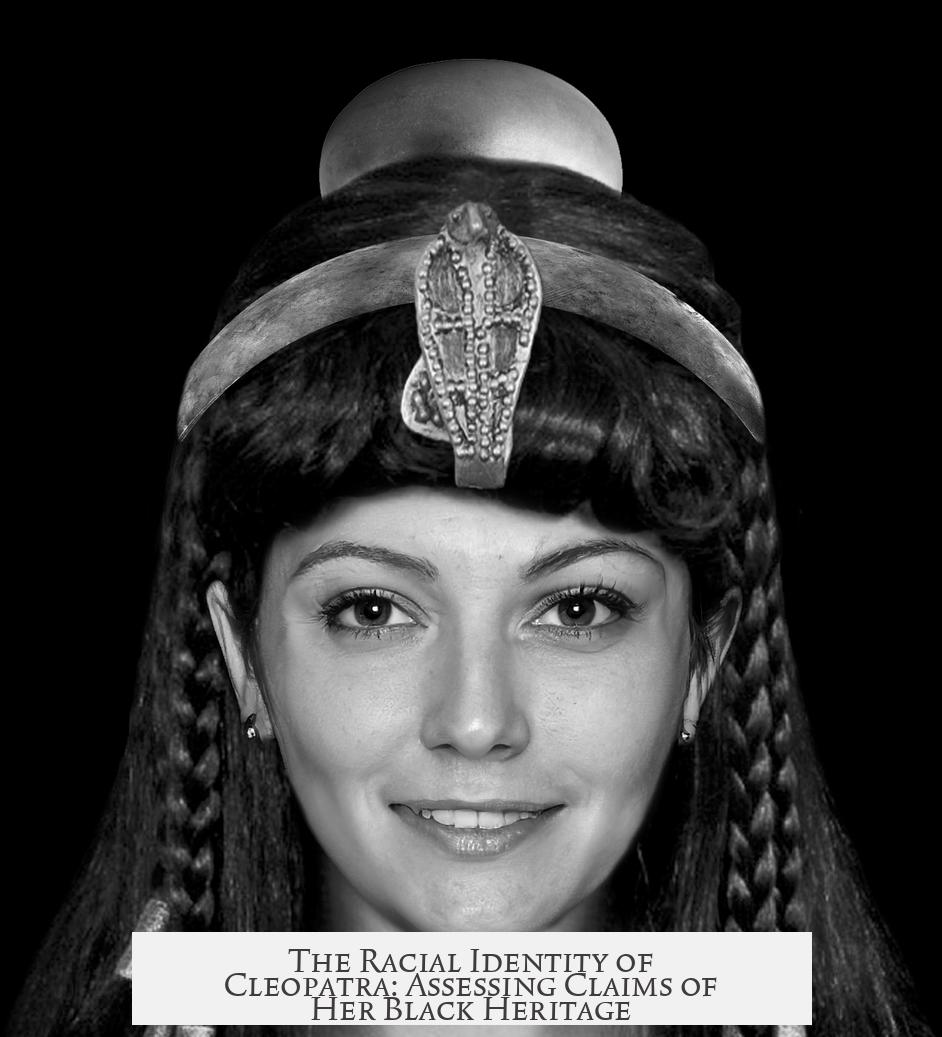Cleopatra was not black in the modern racial sense but a Macedonian Greek woman with complex ancestry that may include some Egyptian or West Asian heritage. The question of her race is complicated by the fact that ancient concepts of identity did not align with today’s racial categories. Understanding Cleopatra’s ethnicity demands careful distinction between modern ideas of race and the realities of the ancient world.
Ancient peoples lacked notions of race as understood today. Greeks and Romans recognized physical differences, such as darker skin in some African and Indian populations, but they did not classify ethnicity or identity along fixed racial lines. Historical records do not indicate that Cleopatra or her contemporaries identified by skin color or race. Cleopatra’s identity was shaped by dynasty, culture, and politics rather than any racial category.
Cleopatra belonged to the Ptolemaic dynasty, a Macedonian Greek ruling family that governed Egypt after Alexander the Great’s conquests. This dynasty practiced frequent intermarriage within their Greek bloodline. Cleopatra descended mostly from Macedonian Greeks, with possible contributions from Persian and Pontic ancestry through dynastic marriage. Some historians suggest her mother might have been Egyptian, but evidence remains inconclusive. The Ptolemies intermarried primarily among Greeks or closely related royal families, making it unlikely Cleopatra was black by modern definitions.
Claims that Cleopatra’s father was born from a black African concubine or that her lineage included Sub-Saharan African ancestors lack reliable evidence. These ideas arise mainly because Cleopatra’s grandmother is not clearly documented. However, scholars favor the likelihood that her grandmother was Greek or a member of the Egyptian elite from northern Egypt, not from Sub-Saharan Africa.
Cleopatra’s adoption and promotion of Egyptian culture does not prove African ancestry. She learned the Egyptian language and presented herself as a traditional Pharaoh to strengthen her legitimacy and gain support from native Egyptians. Political savvy, not racial identity, best explains her cultural integration. She purposely embraced Egyptian customs to present herself as a sovereign ruler amid increasing Roman influence.
Portraits and coins from Cleopatra’s era show a variety of facial features. These artifacts emphasize traits like a prominent hooked nose and deep-set eyes, typical of the Ptolemaic family, but do not conclusively indicate race or skin color. Contemporary written descriptions of Cleopatra’s appearance are absent, leaving visual evidence subject to interpretation. Artistic exaggeration further obscures her actual look.
Applying modern racial categories to Cleopatra is problematic. Even if her appearance or ancestry were known precisely, race as a concept is historically and culturally fluid. Ancient figures would not have understood or identified with modern racial distinctions. Assigning “black” or “white” labels projects contemporary ideas onto the past in ways that distort historical reality.
Media portrayals often disregard historical complexity for dramatic or symbolic reasons. Casting Cleopatra as white or black today reflects modern cultural attitudes more than faithful representation. Authenticity in portrayal relies heavily on context and intent rather than historical certainty.
| Aspect | Summary |
|---|---|
| Race in antiquity | Nonexistent as modern concept; identity based on culture, politics, dynasty |
| Cleopatra’s ancestry | Mainly Macedonian Greek, with possible Egyptian or Iranian influences |
| Evidence of black ancestry | No reliable sources; claims speculative and unsupported |
| Cultural adoption | Strategic embrace of Egyptian customs, not racial heritage |
| Portraiture | Varied features; no definitive clues to skin color or race |
| Modern racial labels | Inapplicable and anachronistic |
| Media portrayals | Reflect modern views, not historical fact |
- Cleopatra’s identity is best understood through cultural and dynastic lenses, not racial ones.
- She belongs primarily to a Macedonian Greek lineage with uncertain maternal heritage.
- Ancient racial concepts differ fundamentally from modern ones, making direct racial classification impossible.
- Historical and artistic records offer no clear evidence of Cleopatra’s skin tone.
- Modern portrayals often prioritize contemporary representation over accuracy.




